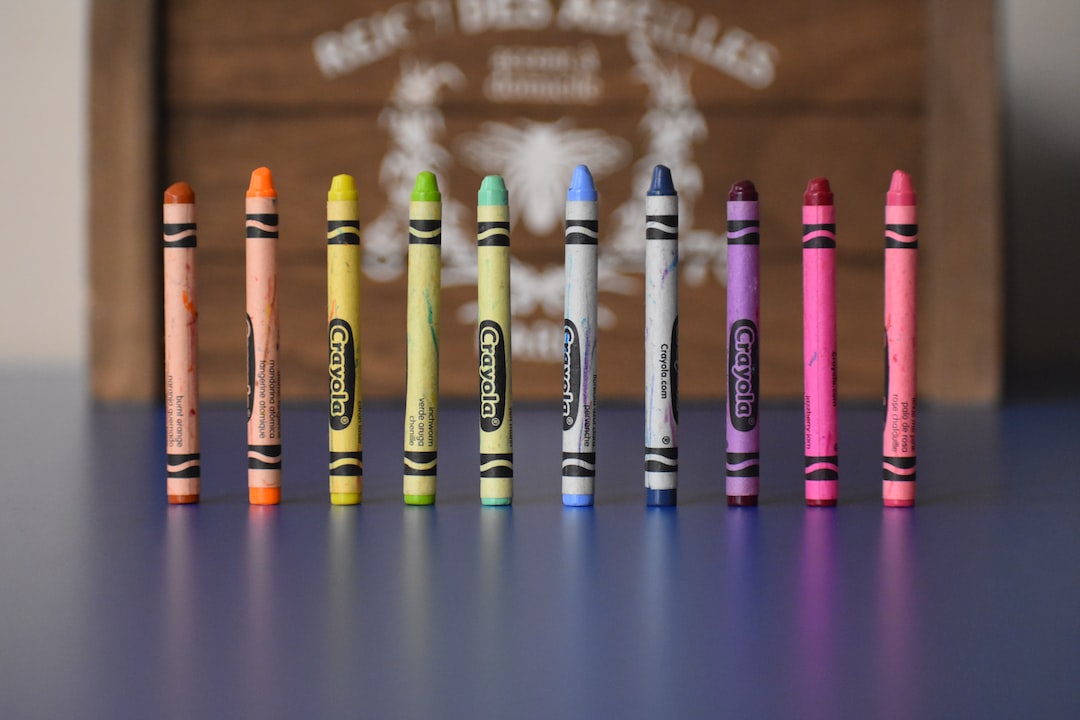Empowering Marginalized Voices Through Art
Art has always been a powerful medium for self-expression, but it holds an even deeper meaning when it serves to amplify the voices of marginalized communities. Throughout history, marginalized individuals have faced numerous challenges and have often been silenced or ignored by society. However, art has provided a platform for these voices to be heard, validated, and celebrated. Through various forms of artistic expression, individuals from marginalized communities can share their stories, perspectives, and experiences, thereby empowering themselves and others in the process.
Art allows marginalized individuals to reclaim their narratives and challenge prevailing stereotypes. Whether it is through paintings, sculptures, photography, music, dance, or literature, art has the ability to break down barriers and create conversations that center on their experiences. By depicting their unique struggles, victories, and aspirations, these artists invite viewers to step into their shoes and gain a deeper understanding of their reality. In doing so, they dismantle stereotypes and challenge preconceived notions, allowing for a more inclusive and empathetic society to emerge.
Art also serves as a healing tool for marginalized communities. It provides a space for individuals to process their traumas, express their emotions, and foster a sense of belonging. Through art therapy, for example, many marginalized individuals find solace and relief, allowing them to navigate through their fraught experiences and emotions. By acknowledging and transforming their pain into something tangible, art helps individuals reclaim their agency and move towards personal growth and empowerment.
Moreover, art has the power to mobilize communities and drive social change. By creating art that reflects their lived experiences and advocates for their rights, marginalized artists can ignite conversations, build alliances, and mobilize movements. Art becomes a catalyst for social justice, inspiring others to engage with their cause and take action. Transformative historical events, such as the civil rights movement or feminist movements, have often been spurred on by art that embodies the struggles and aspirations of marginalized communities.
In order to truly empower marginalized voices through art, it is essential to provide access and resources to these communities. This may involve creating more inclusive spaces for art, ensuring representation at all levels of the art industry, and providing funding and support for artists from marginalized backgrounds. Art education in schools should also be diverse and inclusive, exposing students to a range of artistic expressions to foster understanding and empathy.
In conclusion, empowering marginalized voices through art is a vital step towards fostering a more just and inclusive society. Through art, marginalized individuals can reclaim their narratives, challenge stereotypes, heal from trauma, and mobilize communities for social change. It is crucial that we recognize and support the artistic endeavors of marginalized artists, ensuring that their voices are heard and celebrated. Art has the power to bring about transformative change, and by amplifying marginalized voices, we can create a more empathetic and equitable world.

